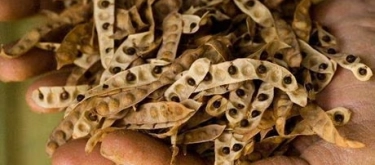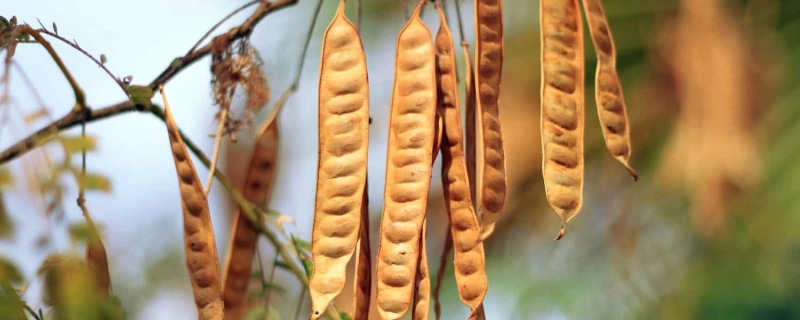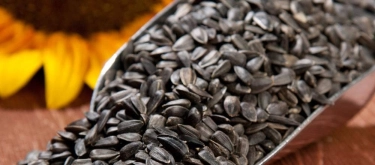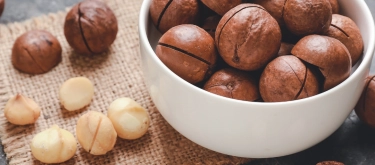Wattleseed: Taste Profile, Aroma, Benefits and Health Risks
Wattleseed refers to the edible seeds of various Acacia species native to Australia. Used for thousands of years by Indigenous Australians, wattleseed has a rich cultural and nutritional heritage. With its roasted, nutty aroma and coffee-like depth, wattleseed is gaining global attention as a unique ingredient in both sweet and savory dishes.
Generally safe in moderate culinary use; those with seed or legume allergies should exercise caution.
What does Wattleseed taste like?

Complete Sensory Description:
-
Taste: Roasted wattleseed has a rich, nutty, slightly bitter flavor with notes of coffee, hazelnut, cocoa, and toasted spices.
-
Aroma: Warm and earthy, reminiscent of roasted coffee beans, dark chocolate, and malt.
-
Texture: When ground, it forms a fine meal or powder that can be used similarly to flour or spice.
-
Appearance: The whole seeds are small, dark brown to black; roasted and ground wattleseed is dark, fine, and slightly gritty.
In-depth Flavor Analysis:
The deep flavor profile comes from Maillard reactions during roasting, which develop complex aromatic compounds such as pyrazines and furans. These contribute to its roasted, coffee-like qualities. Different Acacia species produce seeds with slightly varying flavor intensities—some sweeter, others more bitter or spiced. The seed's starch and protein structure allow it to bind and flavor both liquids and dough-based preparations.
Flavour Variations Depending on Preparation and Roasting:
-
Roasting Level: Lightly roasted wattleseed retains grassy, green flavors. Medium to dark roasting develops richer chocolate, coffee, and nut notes.
-
Preparation:
-
Infused: Simmered in milk, cream, or water to create a subtly flavored base for sauces, desserts, or beverages.
-
Baked: Blended into breads, cookies, and cakes for a nutty depth.
-
Savory: Used in spice rubs for meats or stirred into sauces and marinades.
-
Varieties and Culinary Applications:
Common species include Acacia victoriae, Acacia sophorae, and Acacia colei. Wattleseed is used in baking, ice cream, sauces, breads, dukkah, and even coffee substitutes. It pairs well with dairy, chocolate, caramel, native fruits, and game meats.
Selection and Storage:
Buy wattleseed from trusted sources to ensure it has been properly roasted and cleaned. Store ground wattleseed in airtight containers away from light and moisture. Whole roasted seeds retain flavor longer than ground forms.

Nutritional Insights:
Wattleseed is high in protein, fiber, potassium, magnesium, and low-GI carbohydrates. It is gluten-free and offers slow-release energy, making it a valuable food for sustained nutrition. Indigenous communities traditionally valued it as a staple survival food.
Expert Insights & Culinary Tips:
Use wattleseed like a spice—small amounts offer powerful flavor. Infusing it into milk or cream extracts its full aroma for desserts. It enhances both sweet and savory dishes, and is especially effective in recipes where a roasted, nutty warmth is desired.
Interesting and Curious Facts:
-
Indigenous Australians traditionally ground wattleseed into a flour and baked it into bush breads.
-
Wattleseed can survive extreme drought and poor soils, making it a sustainable crop for arid regions.
-
Its use in modern cuisine reflects a growing appreciation of native Australian ingredients.
Harm and Dietary Considerations:
Wattleseed should always be properly roasted before consumption to neutralize naturally occurring anti-nutritional compounds. Individuals with seed or legume allergies should avoid it. Not recommended for infants or very young children due to its coarse texture and possible digestive challenges.
Religious Dietary Considerations:
Wattleseed is plant-based and suitable for all major religious dietary frameworks.
Final Thoughts & Sensory Journey:
Wattleseed brings a deeply Australian flavor to any dish, combining earthy richness with cultural heritage. Its versatility and nutritional strength make it a standout in modern native cuisine.
Resources:
-
"Australian Native Food Plants: Propagation and Cultivation" by Yasmina Sultanbawa and Fazal Sultanbawa (2016)
-
"Wild Food Plants of Australia" by Tim Low (1991)
-
"Handbook of Indigenous Foods Involving Australia’s Native Ingredients" by Vic Cherikoff (2000)

